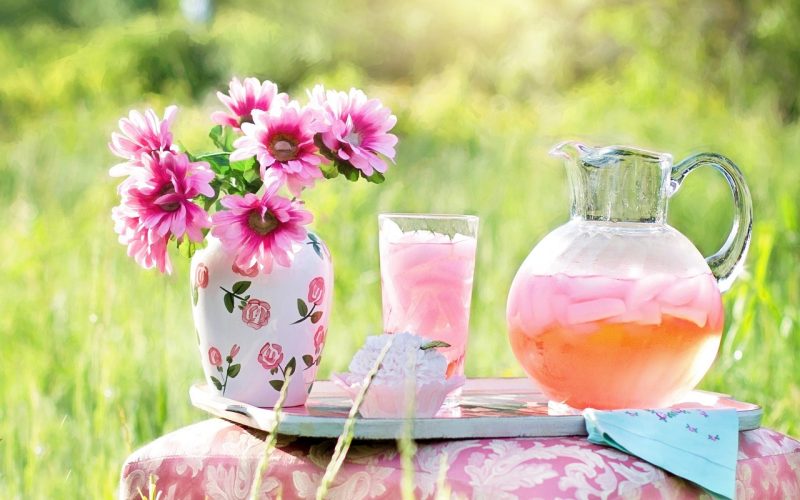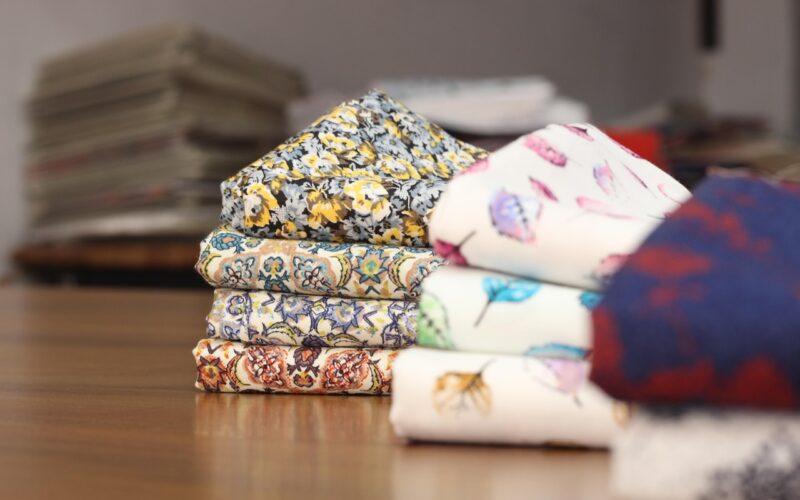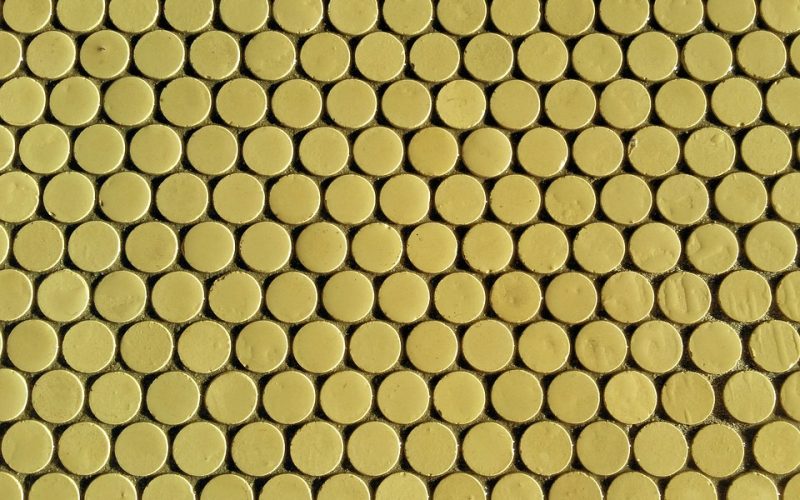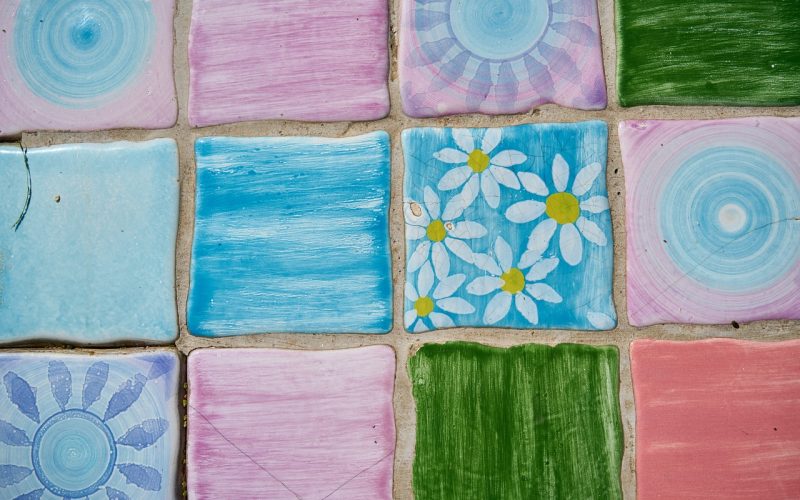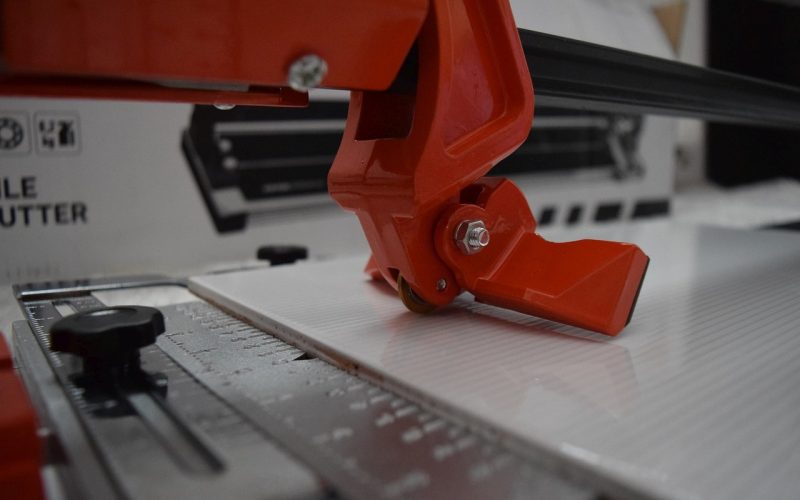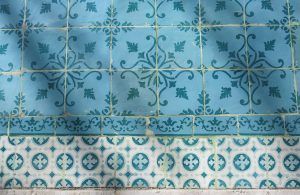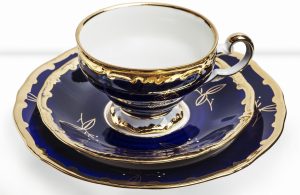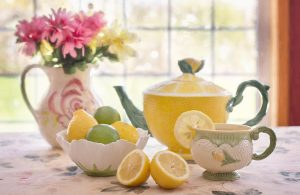Decorating ceramic and glass pieces is an art form that combines creativity and technical skill. From functional items like plates and mugs to decorative glassware and vases, there are countless ways to bring these surfaces to life. Whether you are a beginner or an experienced craftsperson, exploring diverse methods can elevate your projects and give them a professional finish.
Using ceramic transfers for intricate designs
Ceramic transfers, also known as water slide decals, are a simple yet highly effective way to add detailed designs to ceramic surfaces. These pre-printed images or patterns can be positioned and adhered to your item using water. Once transferred, the piece is typically fired in a kiln to bond the design permanently to the surface. This method is particularly popular for creating consistent and intricate patterns, such as floral motifs or typography.
One of the main advantages of ceramic transfers is their ability to replicate professional-quality detail without requiring advanced painting skills. The wide variety of pre-made designs available allows endless customisation, ranging from modern geometric patterns to vintage-inspired illustrations. If you prefer, you can even create custom transfers using special printable decal paper.
Painting techniques to personalise your pieces
For those who enjoy a more hands-on approach, ceramic and glass painting offers unlimited creative freedom. Using specialised paints, such as acrylic enamel or glass paint, you can add everything from abstract patterns to intricate designs. Before painting, ensure the surface is clean and dry for better paint adhesion. Stencils can also be used to achieve precise shapes and lines.
Once the painting is complete, curing the item is essential. For ceramics, this often involves baking the piece in the oven to make the design durable. Similarly, glass-painted items may require air drying or a short bake in the oven, depending on the paint type. Painted decorations allow for a high level of personalisation, making this method perfect for crafting bespoke gifts or one-of-a-kind home décor.
Etching for a professional finish
Glass etching is a versatile technique used to give glass items a frosted or textured finish. This is achieved using etching cream, a chemical solution that reacts with the glass surface, or by sandblasting for more detailed work. Etching is ideal for creating elegant, sophisticated designs like monograms, logos, or delicate patterns.
Although etching is less suitable for ceramic applications, the technique is excellent for glass, offering a subtly elegant effect that is resistant to scratches or wear. One of its standout features is its permanence, ensuring your designs remain intact over time. Etching also pairs well with other decoration techniques for more complex, layered results.
Glass decals for vibrant, colourful imagery
Glass decals are a popular choice for adding bold, colourful imagery to glass items. Similar in concept to ceramic transfers, these decals are applied using water but are specifically designed to adhere to glass surfaces. After application, the piece may require heat treatment to secure the decal.
These decals are perfect for achieving detailed and vibrant designs that would be challenging with other methods. For instance, they can feature full-colour illustrations or photo-realistic images, giving glass items a professional and dynamic appearance. Like ceramic transfers, custom options are available, making glass decals an excellent medium for small business branding or personalised gifts.
Combining techniques for unique results
One of the most exciting aspects of decorating ceramics and glass is that you don't have to stick to a single method. Combining techniques can yield stunning and unexpected results. For instance, you could pair painted designs with glass decals to add depth or layer ceramic transfers over textured finishes to create dimensional effects.
Experimentation is key to discovering new possibilities. Try mixing matte finishes with glossy accents, or combine etching and painting for a contrast of textures. The only limit here is your imagination, so don't hesitate to explore.
Tips for a flawless finish
Regardless of the method you choose, preparation is vital to achieving a clean and professional result. Always start by thoroughly cleaning your surface, removing any dirt, grease, or residue. Choosing quality materials is equally important—invest in good paints, decals, or etching creams for results that last.
Lastly, patience is essential. Follow the recommended curing and drying times for the materials to ensure your designs are both durable and visually appealing. With practice and attention to detail, you can transform even plain ceramics and glass into heirloom-worthy pieces.
Decorating ceramics and glass is a rewarding hobby or even a potential business opportunity. Whether using ceramic transfers, experimenting with glass decals, or combining techniques, anyone can craft beautiful, functional art with the right tools and methods.
